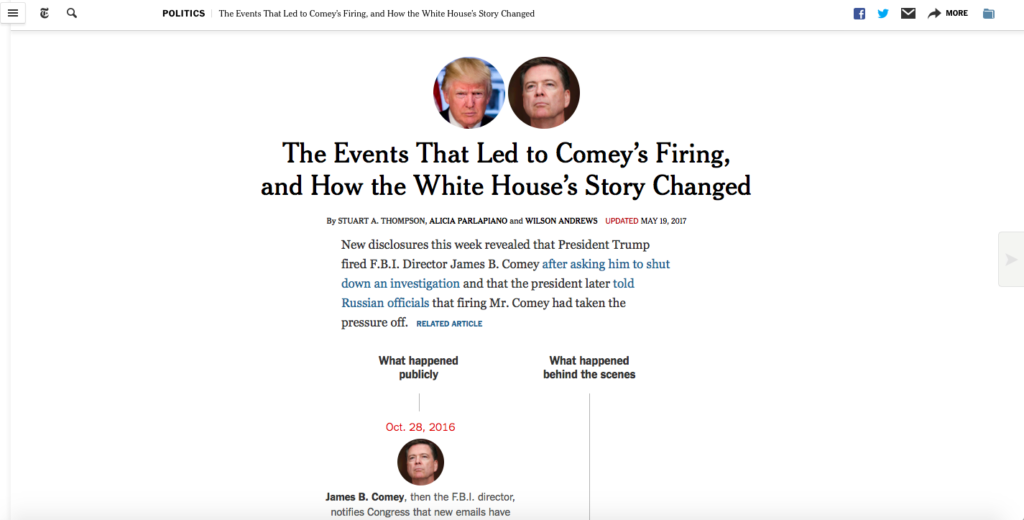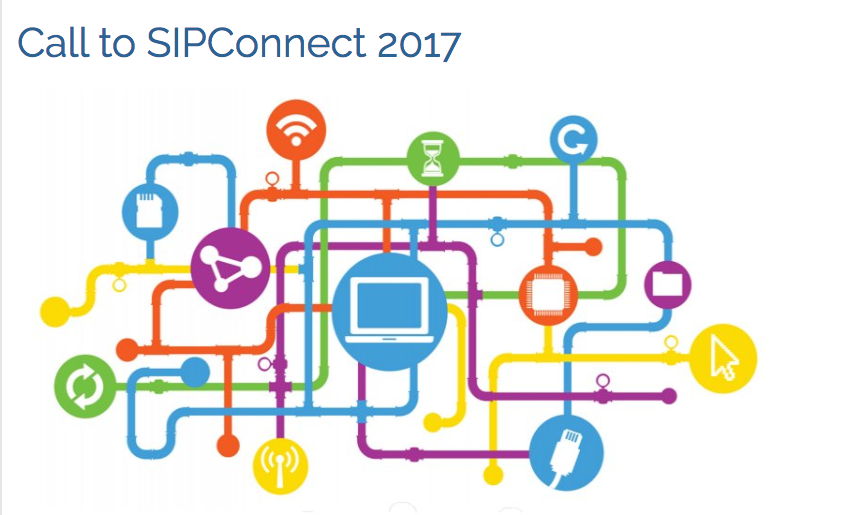The New York Times will offer a buyout program for editors as it continues to change the way it reports, edits and packages the news.
The buyout program will also be offered to some staffers across the newsroom, according to a memo sent to the newsroom this morning by Executive Editor Dean Baquet and Managing Editor Joe Kahn.
A highlight of the memo:
“Our goal is to preserve meticulous text editing while meeting the demands of digital, which requires more speed and more visual storytelling. We have also said that we expect some reductions in the size of the newsroom, including in the editing staff.”
And a telling part of the story: A New York Times spokesperson said the newsroom has been experimenting with new ways to edit and publish stories for several months.
The challenges and the opportunities
I know that many reading the news of the Times offering buyouts and making cuts among its editing team will immediately raise red flags of concern. We, too, feel that newspapers need more editing, not less, and we have expressed that here:
I hope that the Times, as well as newspapers everywhere, will be able to find a comfort zone where the speed of digital journalism can accommodate the essentials of good copy editing. An extra set of eyeballs on a story could make all the difference.
However, we also continue to see a transformation in how stories are told, and how mobile devices demand not just speed, but also a different way for how to present information that will be consumed on smartphones and other portable devices. The Times is a pioneer and a leader in the area of visual storytelling for mobile.
As a reader, I am appreciative of the way stories of the day are told at the Times. As a journalism professor and media consultant, I study in detail the role that writing, editing and design play in how those stories are told. As a veteran of our business, I know well how traditional “copy editing” works and do not underestimate its value. That extra set of eyeballs reading copy is the key to quality, accurateness and credibility of a piece.
However, there is more to the “editing” process in the way we tell stories today, what I call linear thinking with emphasis on visual storytelling.
The process begins with a writer/reporter who is aware that her story will be shown as a fusion of text and visuals. The writer works closely with a visual storyteller (designer) who helps with the process of weaving together the narrative and the visuals. The fact that there are already TWO staffers involved in the process helps to make sure that editing and fact checking will take place as the story develops. This is very different from the traditional process of reporter writing story alone, passing it to a copy editor to read, perhaps getting the story back for corrections, then a designer coming in for the final treatment of the story as it gets ready for publication.
Here is a recent Times story that shows vividly what I am talking about:


While accuracy is still paramount, the way a story will be consumed on a mobile device is very different from how it might be read on other platforms, including print.
It is not just traditional copy editing that has changed, but also traditional design and the role it plays.
I believe that we should not see The Times’ buyout as doing away with the valuable editing process, and more like an opening to new ways of producing and designing copy for publication. It will also necessitate new staffers who understand the new process.
The idea of a reporter and a visual storyteller working side by side has always been a dream for as long as I can remember, and long before the digital era. The way we consume news today makes that alliance essential.
The reader wins!
The Manchester Concert attack on the front pages
Speaking Engagements Coming Up

SIPConnect 2017, to be held in Miami June 21-23, is a program of the Inter American Press Association, IAPA, or SIP (Sociedad Interamericana de Prensa). The venue will be the Hilton Miami Downtown Hotel.
Details:
Join us at the SIPConnect Hemispheric Conference 2017. Organized by the IAPA, SIPConnect is a gathering of media and digital businesses to encourage more audiences and higher revenues. It’s a laboratory for new ideas and successful experiences for the digital transformation. As in the 2016 successful meeting that was attended by media from the US, Latin America and the Caribbean, experts in digital businesses and representatives of innovative companies will participate in this event.
For more information: http://www.sipiapa.org/notas/1211078-llamado-sipconnect-2017